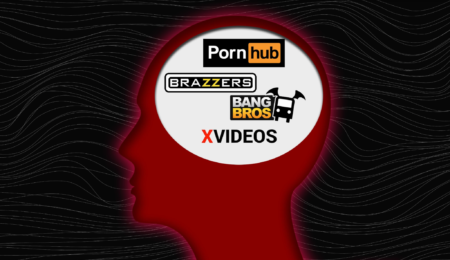The divide between pornography and film is greyer than you think
Photo courtesy of Steve Kaiser, CC.
“I know it when I see it,” said Associate Justice of the United States Supreme Court Potter Stewart in 1964 in order to attempt to derive a threshold test for obscenity. The case, Jacobelli v. Ohio, was a matter of whether the state could ban the showing of a French film (Les Amants) the state had deemed obscene while remaining consistent with the First Amendment.
But what makes a film obscene? What makes it pornographic? I have seen my fair share of sexually explicit scenes in films, which are called “passionate” instead of “pornographic.” In no way am I complaining—I simply want to know how we define porn and why.
The infamous 50 Shades of Grey film will be released on Feb. 14, and some day economists will look back and wonder about the almost inexplicable economic boom that happened in February 2015 (not only in ticket sales, but in sex toys, too). After watching the trailer and doing some research, I couldn’t help but wonder why it wasn’t just a feature-length, big-budget porno.
A pornographic film company, Smash Pictures, actually announced their intention to film an “adult version” of the trilogy in June 2012. Later that year, Universal Pictures filed a lawsuit against Smash Pictures claiming they had previously secured the film rights. After Smash Pictures received an undisclosed amount of money, they dropped their plans.
The plot of 50 Shades, which I can state in about 42 words, is this: A timid young woman meets a powerful, rich man who makes her sign a contract so he can fuck her as he pleases. They engage in some BDSM and she decides she’s not into it; he refuses to have a romantic relationship. The end. That’s it.
I’m curious: Why isn’t it considered pornography?
Pornography is generally understood as the “Printed or visual material containing the explicit description or display of sexual organs or activity, intended to stimulate sexual excitement,” or at least that’s what Oxford tells me. It is different from erotica, which is the portrayal of sexuality with “high-art aspirations” focusing on feelings, rather than purely the physical act, as porn does.
Pornography itself is then divided into two categories: Softcore contains partial or full nudity in sexually suggestive but not explicit activities, while hardcore will contain graphic sexual activity and visible penetration.
So, how do we define a movie like Blue is the Warmest Colour? The film is a beautiful love story about two women, but then includes 20 minutes of “hardcore” pornography before ending with the demise of the relationship.
It does have some high-art aspirations, so is it erotica? Or is it the intent of the film what makes it pornography? Is it that a porno’s purpose is to get you off, but a film with scenes of a sexual nature is meant to further the plot or character development?
In the case of 50 Shades, the plot and character development revolve around sexual exploration, tension, and BDSM. The sexual acts themselves are the plot—so why is it a film playing in theatres and not something you whack off to at home?
I guess we won’t know if 50 Shades is pornographic or not until it’s released and we can see all the graphic or suggestive details. Either way, they better put some plastic covers on those movie seats.





